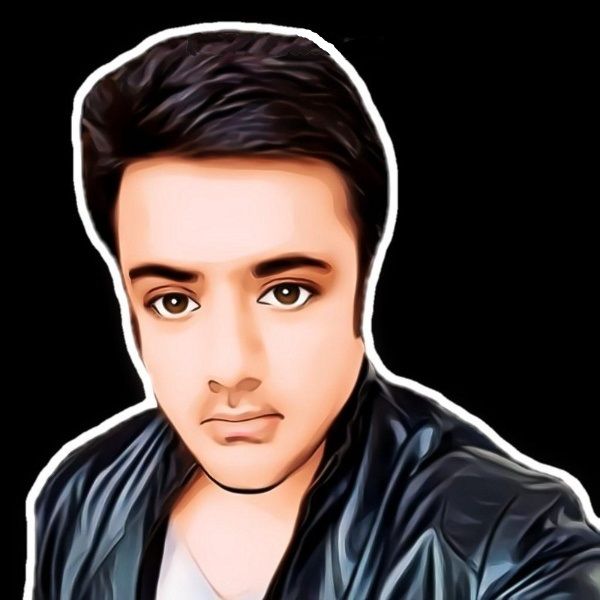Innovative Software Product Design and Development - 02
by
January 11th, 2023
Audio Presented by

Software Engineering Leader at the Level of a [Principal Java/EE/MSA Architect]. [Detail] https://bit.ly/skp-tech-author
Story's Credibility

About Author
Software Engineering Leader at the Level of a [Principal Java/EE/MSA Architect]. [Detail] https://bit.ly/skp-tech-author